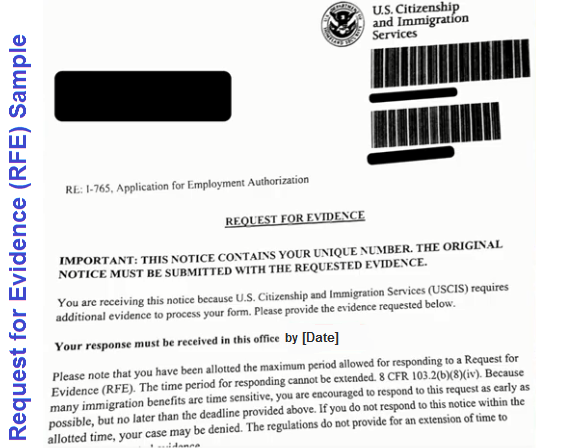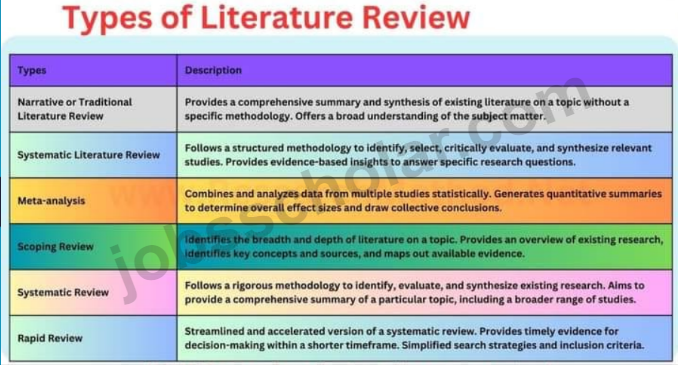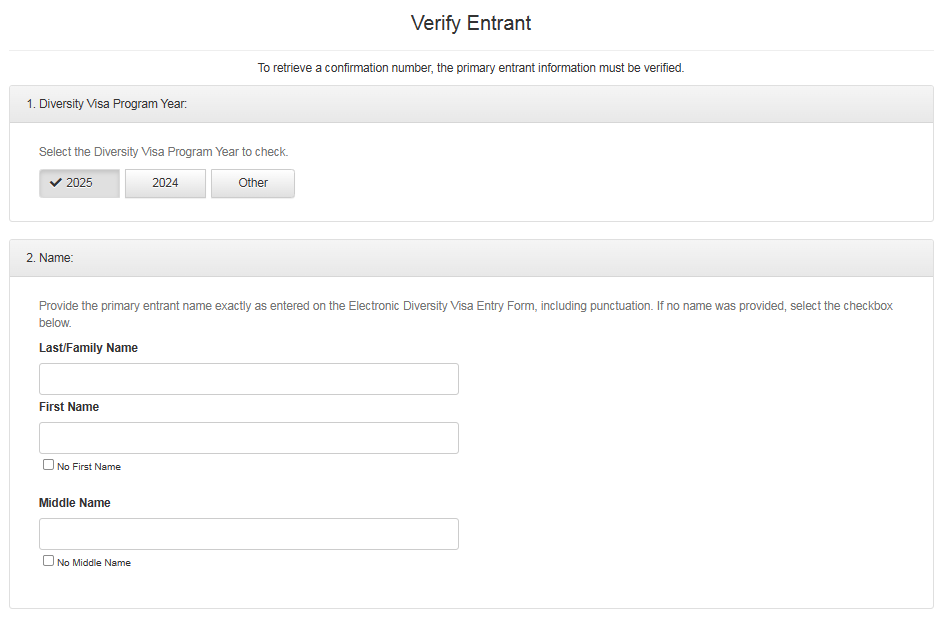You’ve just gone through the stress of submitting your I-765 application for your OPT or your STEM-OPT EAD (Employment Authorization Document), and after several weeks of waiting for a response from USCIS, you check the status of your case and you see an update that says that you’ve received a “Request For Evidence” (RFE) from USCIS. That is a disappointing or unpleasant situation.
What To Do If You Receive an RFE on F-1 OPT EAD Application
This guide will cover the following things:
- In this guide, we are going to be discussing some of the common reasons why F1 students applying for the OPT or STEM-OPT might receive an RFE from USCIS, what you could do to prevent it, and how to respond to an RFE if you receive one.
- If you’ve received an RFE from USCIS on your OPT or your STEM-OPT application, in this educative guide, you’re going to get some helpful tips that you can follow when responding to your RFE.
- On the other hand, if you’re an advance student who has yet to apply for your OPT, below in this guide, you’re going to get some helpful tips that you can follow to reduce your chances of receiving an RFE.
What is Request for Evidence (RFE) and what does this document look like?
The Request for Evidence (RFE) is a document issued by USCIS whenever USCIS needs some extra information from you in order to process your immigration case.

If you check the status of your case in the USCIS Case Tracking Tool, you will see a status update that says that an RFE has been issued and mailed to you. When you get this letter in the mail, it’s going to have a list of issues that USCIS need you to address in order for the application to be adjudicated.
One of the most important sections of the Request for Evidence (RFE) is the deadline to respond to the RFE, that’s normally contained within the second paragraph on the RFE. You should take a note of this date and ensure that your response to the RFE is received by USCIS before this date is reached.
The main downside of receiving the RFE is that the processing of your OPT or your STEM-OPT application is going to be suspended until USCIS receives your response, and this essentially prolongs the total processing time of your OPT or your STEM-OPT application.
If you’ve got an RFE, you should breathe a sigh of relief knowing that you have a second opportunity to put together a strong application for your OPT or your STEM-OPT application.
Just because you got an RFE does not mean that your initial application is going to be denied. If that were to be the case, USCIS would send you a letter called a “Notice of Intent to Deny”, which is much more difficult to overcome relative to the RFE.
One of the good things about the RFE, if you can say so, is that USCIS would explicitly tell you what documents you need to provide in order for your application to be processed.
And if you can successfully provide the evidence that’s required by USCIS, then you have a higher likelihood of getting your application approved.
Common reasons for receiving a USCIS Request for Evidence (RFE) on the I-765 application for OPT or STEM-OPT
Below are some of the common reasons why F1 students applying for the OPT or the STEM-OPT might receive an RFE from USCIS. Some of these reasons are not particularly obvious.
- Passport Photo Issues
The first reason why you might receive an OPT RFE on your OPT application or your STEM-OPT application has to do with not meeting the right requirements for your passport photograph.
The passport photograph that’s taken to support your OPT application needs to be a two inch by two inch colored passport photograph, taken against a white background. This photograph must show a clear image of your face and it should not be photo edited by any means.
If you like to see the correct specifications for your passport photograph used to support your OPT application, visit the U.S Department of State website that explicitly specifies the requirements you must meet for your passport photograph to be accepted.
Another common reason for an OPT RFE could happen when you use a passport photograph that you’ve used on a previous immigration case.
For example, an F1 student who has applied for the 24 months DEMO-OPT extension using the same passport photograph on the initial post Completion OPT application might receive an RFE from USCIS because this would imply that the passport photograph does not meet the six month requirements specified by USCIS.
There is an obvious reason why you could prevent receiving an RFE by making sure that your passport photograph meets all the requirements specified by USCIS. It’s highly recommend that when getting a passport for your OPT or your STEM-OPT application, you should consider getting this done professionally or semi-professionally.
- Missing Documents
The second common reason for the OPT RFE is forgetting to provide supporting documents for your OPT application or your STEM-OPT application, respectively.
For example, an F1 student applying for the STEM-OPT extension will be required to provide supporting documents, such as copies of the previous EAD card that was issued for the post completion OPT.
Failing to provide any of these supporting documents could easily lead to an OPT RFE, thereby delaying the length of time it’s going to take you to obtain your EAD card.
If you’re going to be applying for your post completion OPT, you can check [HERE] to a free downloadable PDF checklist that keeps you on track to provide all the required supporting documents when applying for your post completion OPT.
- Errors on Form I-20
The third common reason for an OPT RFE is when there are errors on your I-20 endorse for OPT or STEM-OPT by your Designated School Official (DSO). Yes, your designated school official is capable of making mistakes just like anybody else, and that’s why when applying for the OPT, you will need to make sure that you thoroughly review I-20 issued by your DSO, ensuring that there are no inconsistencies.
And if you find any inconsistencies on your I-20, make sure to bring this to the attention of your designated official before submitting a copy of your I-20 as part of your application package.
The thing about requests for evidence issued by USCIS is that they are highly subjective. For example, you can have two applicants applying for the OPT using the exact same documentation, and one applicant receives an RFE while the other applicant does not get an RFE.
So while you might not be able to guarantee with 100% certainty that you’re not going to get an RFE, by following these tips, you can significantly reduce your chances of getting an RFE.
- Wrong Employer Info
The fourth reason for an OPT RFE commonly occurs when F1 students are applying for the 24 month DEMO-OPT extension. What’s important about the STEM option is that unlike the initial post completion OPT where you don’t provide any information about your employer, in the case of the STEM-OPT, you’re going to be providing detailed information about your employer on the Form I-98320 Plan and also on the Form I-765.
One major mistake advertisers to make when applying for the 24 months DEMO-OPT Extension is using the incorrect name for the employer.
Most employers operate with DBA names, where DBA stands for “Doing Business As” and commonly these names are different from the actual legal name of the employer.
Another mistake here is that when F1 students are applying for the STEM-OPT Extension, they might use an incorrect E-Verify number for the employer. Without the correct name and E-Verify number of your employer, USCIS would be unable to determine if your employer is enrolled in the E-Verify program and would issue a request for evidence.
So to reduce your chances of receiving an OPT RFE for this reason, you should contact the Human Resource Department of your employer and request that they provide you with the correct evaluation E-Verify number and the correct legal name of the employer.
- OPT Reporting Issues
The fifth common and surprising reason why F1 students might receive an OPT RFE is when there are inconsistencies in your reported employment to the Department of Homeland Security.
If during the course of your STEM-OPT extension, USCIS find inconsistencies in your reported OPT employment, an RFE could be issued on your I-765 application.
When you engage in Optional Practical Training (OPT) you’re required to report any changes in your employment to the Student and Exchange Visitor Program (SEVP). Some examples of changes in your employment that you should be reporting are things like when you lose your job or you gain a new job, or when you change from one employer to the other.
If the Student in Action Register Program finds out that there are certain inconsistencies in your employment record, they might issue a request for evidence to make sure that you’ve not violated your status during the course of your OPT.
While the OPT or STEM-OPT RFE is a bummer, it sure does not mean that your application will be rejected. The silver lining here is that you get a 2nd shot to provide a water-tight application to USCIS. Thereby increasing your chances of receiving an approval on your I-765 application.
How to respond to an RFE
The first thing you need to do is to read and understand the reason why the OPT RFE was issued in the first place. And if this doesn’t make sense to you, you should reach out to your school’s designated school official and ask for clarification.
When responding to an RFE, you need to make sure that all the evidence you provide should be included in one single package and mailed to USCIS at the exact same time.
You are also required to submit this original RFE letter alongside the rest of your other supporting documents to USCIS. This original RFE letter should be the first page on the packets that you’re going to be mailing to USCIS.
Before sending this original RFE letter, it’s best to make a copy for your record. Also, when mailing your response to the OPT RFE, you should request a confirmation of delivery from your mailing service provider.
This way, you can track the status of your delivery and guarantee that you have an evidence to show that your OPT RFE response was delivered to USCIS in a timely fashion.
OPT RFE Processing Timeline
You will definitely like to know how long it takes for USCIS to process your response to your OPT RFE.
Usually, USCIS would state in your OPT RFE letter, the length of time that you can expect your OPT application to be processed after they have received your OPT RFE response and if your OPT application is not processed within this time frame, you may contact USCIS and request that they expedite the processing of your OPT application.
I hope you found this information helpful.
DISCLAIMER: This guide and content is designed for general information only and is NOT legal advice. The information presented in this guide should not be construed to be formal legal advice. If you need legal advice, you may contact a licensed attorney.
 Jobsscholar Jobs Search | Education Hub | Scholars Portal
Jobsscholar Jobs Search | Education Hub | Scholars Portal









